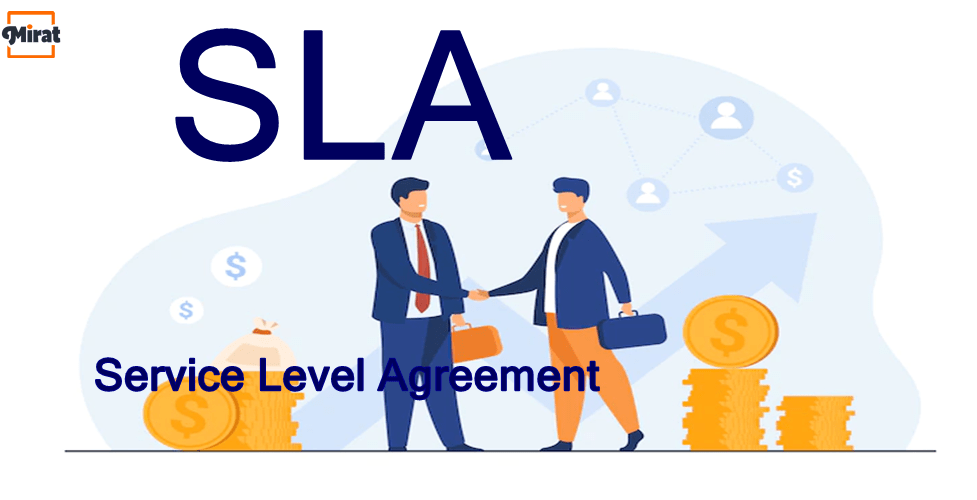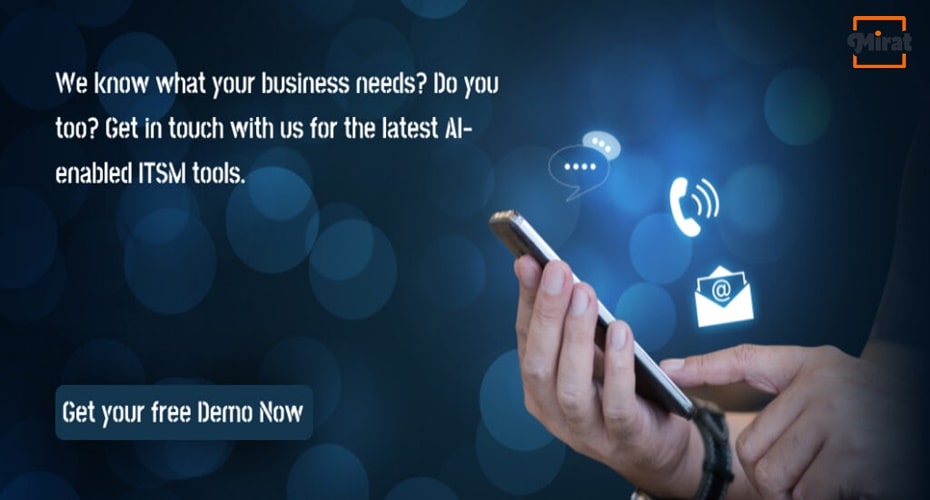What Is SLA?
As defined by ITIL an IT Service Level Agreement is an agreement between an IT Service Provider and a Customer. A single SLA management is useful for a number of IT solutions or a number of customers. For example, if you are using an ATM card of a certain bank, there is an agreement between you and the bank (service provider) that when you make a transaction in ATM the maximum transaction time is 10 seconds. If it exceeds, it shows the transaction is declined. Of course, you might have a similar kind of experience while using websites for online transactions like booking train tickets or banking transactions. The website (IT provider) shows time is expired after a certain period as per the service level agreement between the vendor and you. SLA management may take place either within the organization or between the organization and customers in different types of businesses.
Best Practices of Service Level Agreement
- It is better to create service level agreement for each IT solution separately for better understanding.
- SLA management must be based on real data and deliver improved assistance with proper testing and prototyping.
- It tracks the real performance against the service level agreement and is directly related to IT aid. It should contain a period to deliver the aid.
- If the SLA management relates to change management. The change should be perfectly planned as it affects assistance hours, availability, uptime, completion, or response time.
You must judge yourself where and when SLA is required or applicable.
Service Level Agreement (SLA) Management From MIRAT
- MIRAT is flexible to make your own SLA rules.
- It diagnoses if any service level agreement rules are breached and provides response notification to the user.
- If the user is failed to resolve the issue with the time as per SLA management, it issues a Resolution Miss notification to the user.
- MIRAT solution can monitor and receive alerts on missed service level agreement targets, measure performance, manage problems, track response time, and more.
- As per the incident priority, MIRAT categorizes P1, P2, P3, P4 levels. These levels start from high to low-level impact. It notifies based on the priority.
- The User gets notifications either through emails or SMS.
Mirat.ai’s IT Infrastructure Management is Affordable & Easy to use! Get your Dashboard ready in only 5 minutes. Request for Trial/Demo now (or) Contact our Team Now.
Contact Information:
Hema
Sales Executive
Phone: +1-315-636-4213
Email: sales@mirat.ai
Website: https://www.mirat.ai/


